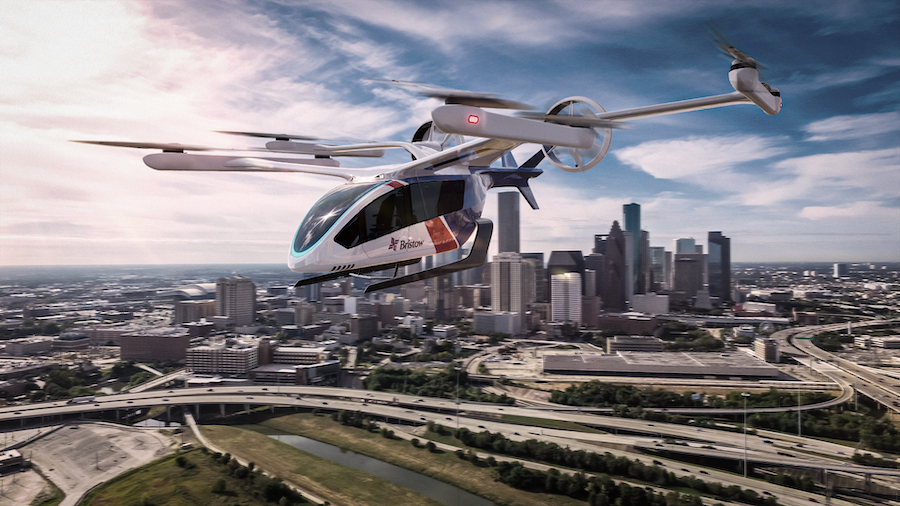
Credit: Embraer
SAN JOSE, California—Bristow Group believes the emergence of simpler electric-powered advanced air mobility vehicles represents an opportunity for a significant change in the traditional aircraft maintenance, repair and overhaul (MRO) model. Currently one of the world’s largest helicopter operators...
Subscription Required
This content requires a subscription to one of the Aviation Week Intelligence Network (AWIN) bundles.
Schedule a demo today to find out how you can access this content and similar content related to your area of the global aviation industry.
Already an AWIN subscriber? Login
Did you know? Aviation Week has won top honors multiple times in the Jesse H. Neal National Business Journalism Awards, the business-to-business media equivalent of the Pulitzer Prizes.





